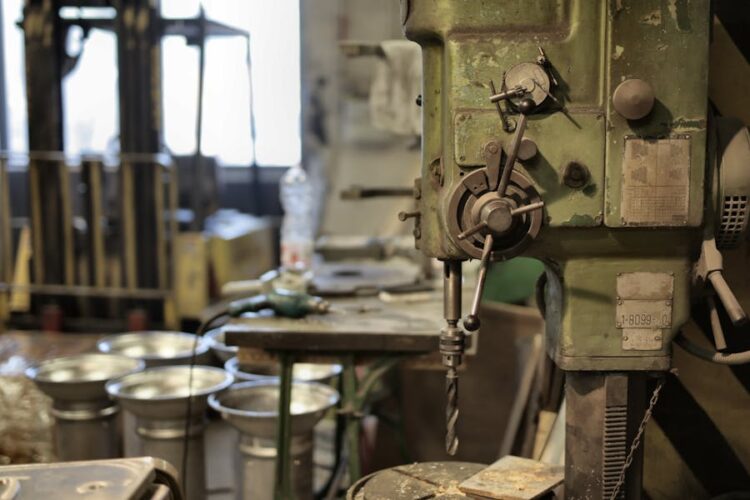In the bustling construction industry of Texas, a unique and powerful tool exists to ensure that those who contribute to building projects are rightfully compensated: the mechanic’s lien. Rooted in state law, a mechanic’s lien provides a legal claim against a property, offering protection for contractors, subcontractors, and suppliers who may otherwise face the risk of non-payment. This safeguard is particularly vital in a state like Texas, where the construction sector is not only a major economic driver but also subject to the complexities of rapid urban development and expansion.
Conflicts often arise in the construction sector due to reasons like delays, payment disputes, and disagreements on contract terms. These disagreements can impact all parties involved, including contractors, subcontractors, suppliers, and property owners. One crucial legal tool in resolving these construction disputes is mechanics liens. This post delves into the role that Texas mechanics liens play in construction conflicts and how they offer protection and enforcement measures for all parties.
What is a Mechanics Lien?
A mechanics lien serves as a claim against a property filed by a contractor or supplier who provided labor or materials but was not compensated. This lien grants the party an interest in the property to ensure they receive payment. By registering a mechanics lien with the county records office or other relevant authorities, the claimant establishes a record indicating a debt on the property. This makes things complicated for the owner and may hinder them from selling or refinancing until settling the debt.
Contractor Protection
Mechanics liens play a role in safeguarding contractors from payment issues that are all too common. When contractors face delays or nonpayment, it can impact their finances and overall business success. By filing a mechanics lien, contractors protect their right to be paid for the work they’ve done and deter property owners from neglecting their obligations.
Enforcing Rights
Once a mechanic’s lien is officially documented, the unpaid party gains the ability to pursue action to secure payment from the property. Different regions have rules that must be adhered to to enforce and validate the lien. It is vital for parties to seek guidance from experts well-versed in construction law to ensure they follow all necessary regulations.
Priority of Claims
In certain areas, mechanics liens hold a strong position compared to most other claims on a property. This means that if the property owner defaults or goes into bankruptcy, the unpaid party can recover the owed amount from any sale proceeds. The option of asserting a lien gives contractors leverage in negotiating payments and boosts their prospects of getting what they are rightfully due.
Obstacles and Disputes
While mechanics liens are tools for securing payments, they can also bring about challenges and potential conflicts.
Property owners have the right to challenge a lien if they believe there are issues with the work done if they have already settled the payment. On the other hand, contractors may encounter difficulties when faced with property owners who are unable to pay and try to protect their assets from creditors.
Resolving Disputes Related to Mechanics Liens
Settlement of mechanics lien disputes often involves navigating processes that differ from one place to another. Sometimes, negotiations or mediation can help find a resolution between all parties involved and prevent legal battles. However, if informal methods don’t work, legal actions like lawsuits or arbitration may be necessary.
Lawsuits
The standard way to resolve mechanics lien disputes is through lawsuits. This involves presenting the case in front of a judge who reviews all evidence provided by both sides. Contractors need to provide documents like contracts, invoices, proof of delivery, and records of communication regarding payment issues as evidence.
Arbitration
In some cases, construction agreements stipulate arbitration as the method for resolving disputes by going through lawsuits. Arbitration is usually less formal than court proceedings. Despite that, it gives both parties a chance to present their arguments before an arbitrator or panel that makes a final decision on the issue.
Preventing Mechanics Liens Through Communication
While mechanics liens play a role in settling payment disagreements in construction projects, it is always better to avoid conflicts. Effective communication among all parties involved is crucial in reducing instances of payment and potential liens. A crafted contract detailing payment terms, project milestones, and dispute resolution processes can help prevent misunderstandings, lower conflicts, and establish a foundation for successful project completion.
In Summary
Mechanics liens are crucial in construction disputes as they safeguard contractors from payment issues and provide mechanisms to protect their rights. These liens also enable suppliers and subcontractors to defend their interests when dealing with payment defaults. However, navigating the complexities of mechanics lien laws can be challenging. Seeking advice from professionals in construction law is essential for ensuring optimal protection, compliance with procedures, and effective resolution of any disputes that may arise. By emphasizing communication and proactive risk management tactics, construction stakeholders can reduce the chances of payment disputes escalating to mechanics lien filings.










